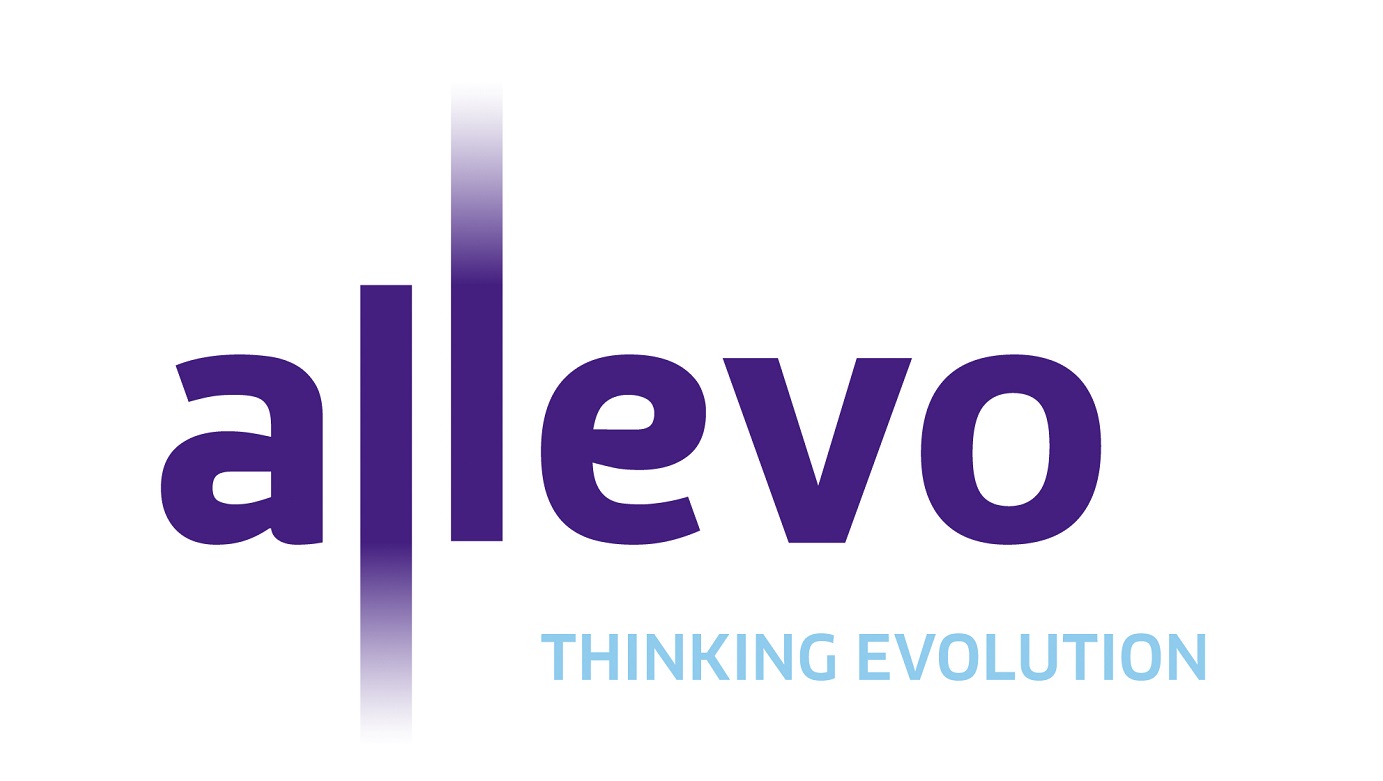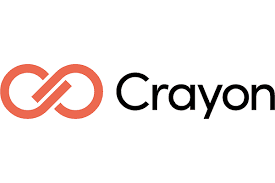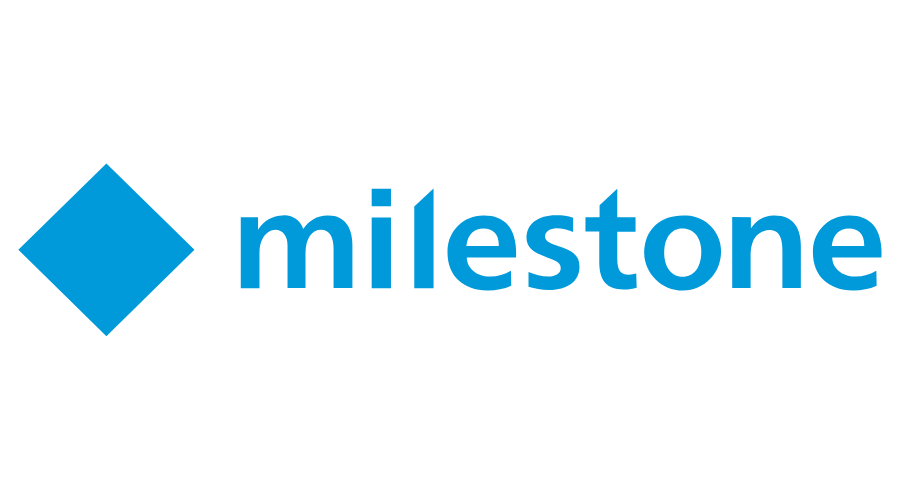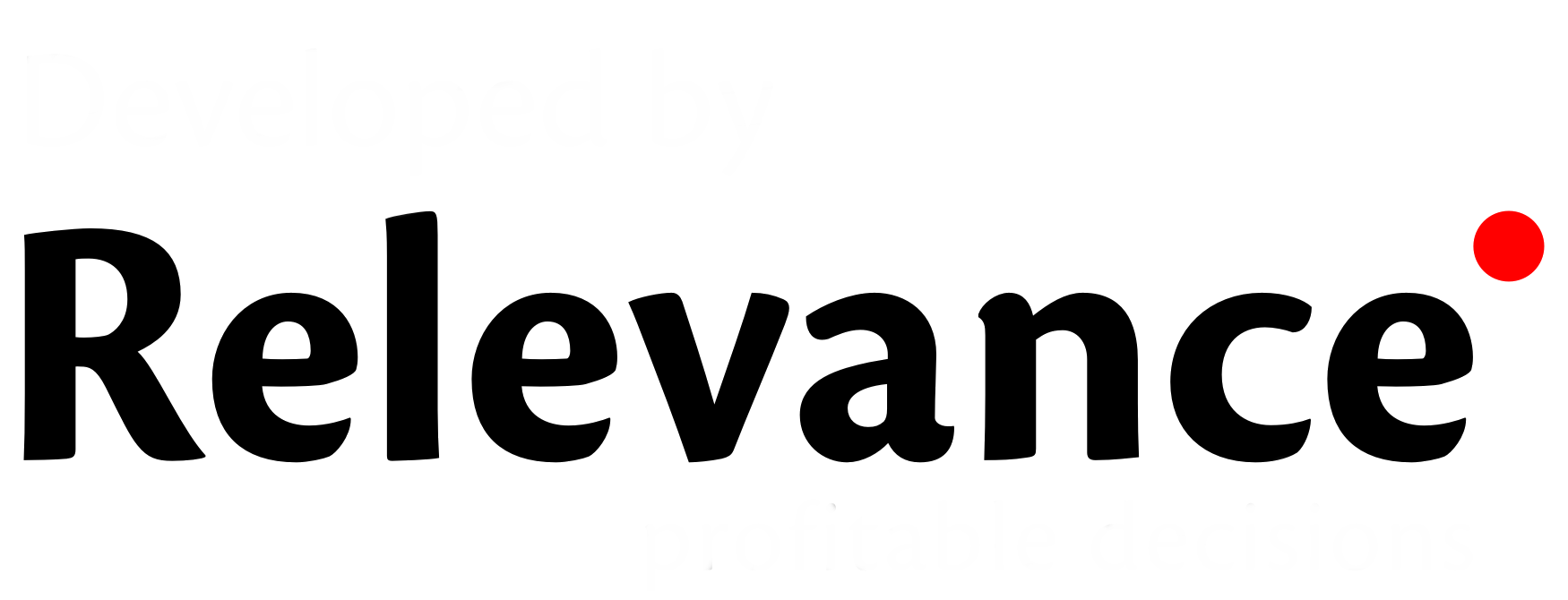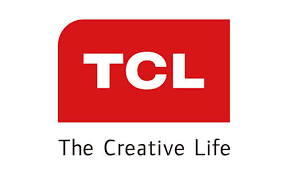Juniper Research unveils new insights from its Digital Therapeutics & Wellness research suite. This new analysis found that the number of people using digital therapeutics in the US will grow by 510% over the next four years; from 7 million in 2022 to over 40 million by 2026.
 • Growth Factors: This spectacular growth will be driven by the increasing prevalence of diabetes in the US, allied with recent initiatives to expand digital therapeutics coverage and cost reimbursement, such as the newly introduced Access to Prescription Digital Therapeutics Act.
• Growth Factors: This spectacular growth will be driven by the increasing prevalence of diabetes in the US, allied with recent initiatives to expand digital therapeutics coverage and cost reimbursement, such as the newly introduced Access to Prescription Digital Therapeutics Act.
• Platform Consolidation: The research predicts the leading digital therapeutics vendors will pivot from condition-specific therapeutics towards therapeutics that target multiple conditions; enabling patients and clinicians to target chronic conditions and associated comorbidities within a single solution, as opposed to several non-interoperable therapeutics by competing vendors.
• Lack of Interoperability: The report warned that few digital therapeutics solutions are interoperable with larger healthcare systems; reducing their effectiveness and ability to drive improvements in patients’ healthcare outcomes. It warned that vendors must prioritise interoperability, with larger healthcare industry standards such as Fast Healthcare Interoperability Resources.
To find out more, visit the full research: Digital Therapeutics & Wellness: Key Trends, Business Models & Market Forecasts 2022-2026
Download the free whitepaper: How Digital Therapeutics Are Redefining Chronic Care in 2022
Omada Health Tops Juniper Research Competitor Leaderboard
The research reviewed the top 15 digital therapeutics vendors in the market and evaluated the key factors that led to their respective success. The top 5 vendors were ranked as below:
1. Omada Health
2. Vida Health
3. Livongo
4. Voluntis
5. Headspace Health
Juniper Research ranked Omada Health as leading this market, based upon its expansive portfolio of clinically validated digital therapeutics, including a revolutionary physician-guided care programme targeting diabetes and hypertension. It suggests that competitors emulate its strategy of innovating digital therapeutics that target multiple conditions and comorbidities, as opposed to single condition-targeting therapeutics, as these solutions are more likely to gain traction among stakeholders such as payers, healthcare institutions, and employers.






